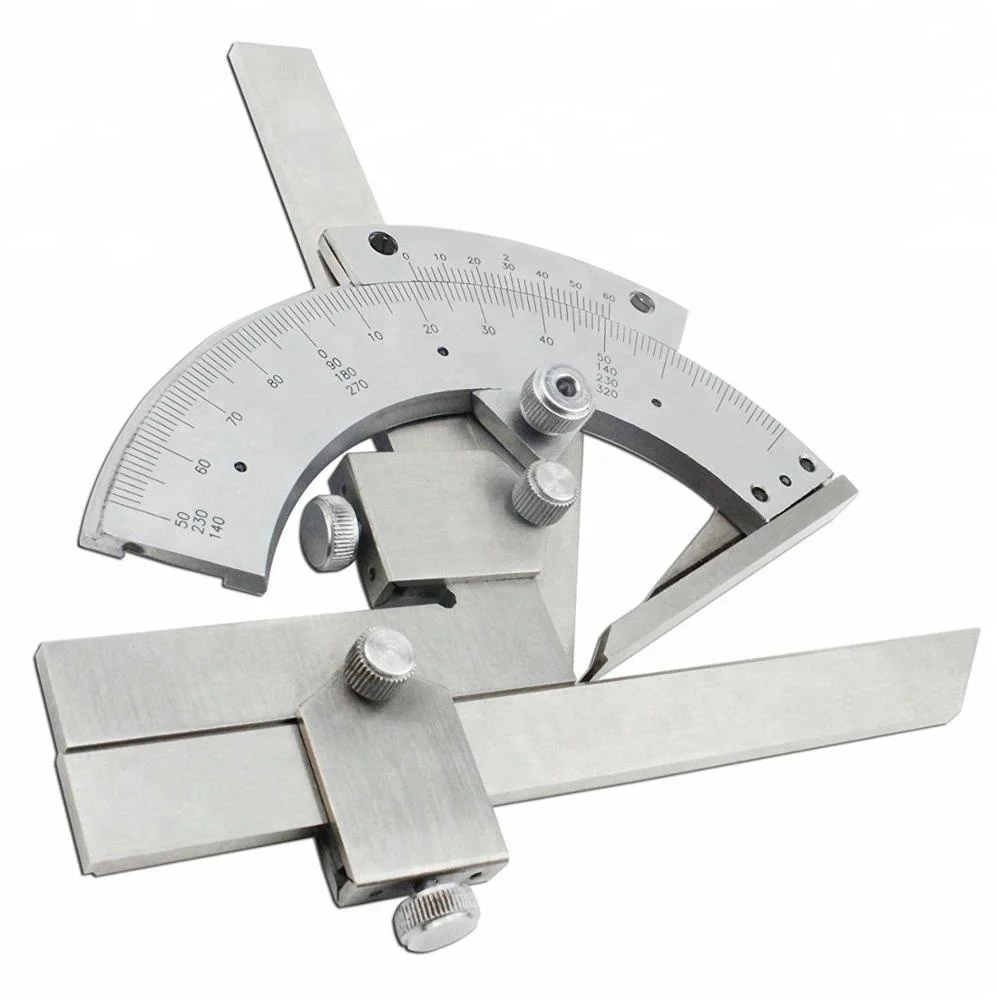

This condition for minimum deviation therefore corresponds to the condition in which i = e and so also r 1 = r 2. The value of i at which i and e are equal (found by drawing the line corresponding to i = e on the same axes and noting its point of intersection with the graph) is found to have the value i′ corresponding to minimum deviation D. If a second graph is plotted of i against e, the angle of emergence measured between P 3 P 4 and the normal at M, this appears as shown in Fig. The other type, the circular 360 degree protractor is ideal for drawing circles and measuring angles. The semicircular 180 degree protractor is useful in geometry and in certain lessons in math class when you need to draw curved lines or for finding the angle between two lines. Schedule, educate, inspect, estimate, remind and monitor all aspects of your automotive shop operation from one, easy-to-use cloud based. Using a protractor helps us determine the angle measurement so we can label it as acute. The most common types of protractors are semicircular and circular.

PROTRACTOR HOW TO
The value of d is found to pass through a minimum value D at some value i′ of i. In Geometry, it is important to know how to measure an angle. A common protractor is in the shape of a semicircle that has an. If a graph is plotted of d against i, this appears as in Fig. A protractor is a simple measuring instrument that is used to measure or draw angles in degrees. The angle of deviation d between P 1 P 2 and P 3 P 4 may be measured using a protractor and this whole procedure repeated for various angles of incidence i, the angle between P 1 P 2 and the normal constructed at N. The refracted ray may be drawn in, this being represented by NM, where N and M are the points of intersection with the prism faces of the lines drawn through P 1 P 2 and P 3 P 4, these representing incident and emergent rays respectively. Pins P 3 and P 4 are placed so as to appear in line with the images of pins P 1 and P 2 seen through the prism. The path of a ray of light through a glass prism may be traced using pins as illustrated in Fig.


 0 kommentar(er)
0 kommentar(er)
